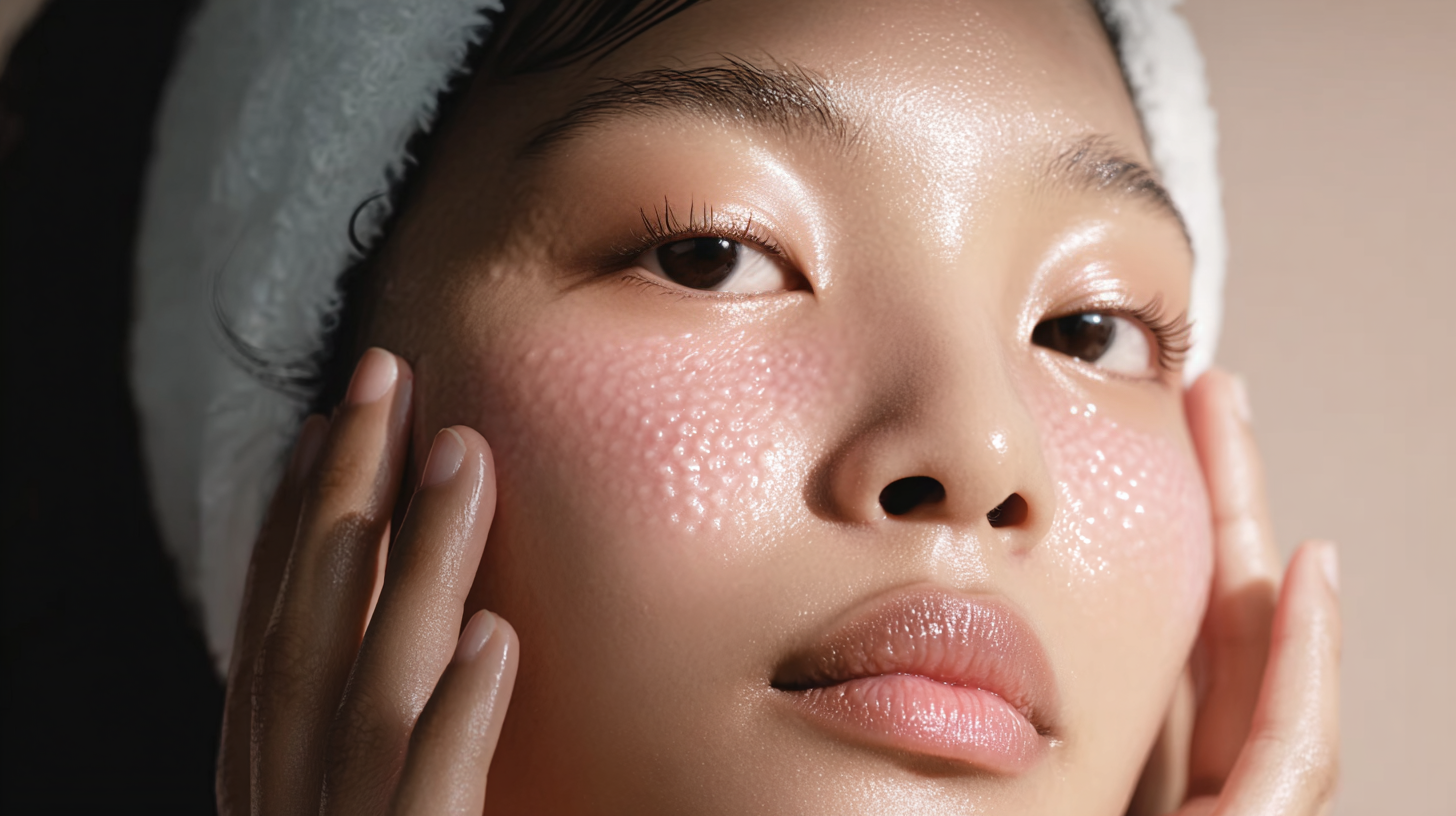Needle or Cannula? The Debate Over Polynucleotide Injection Techniques
Polynucleotides have swiftly become the darlings of regenerative aesthetics, praised for their ability to hydrate, repair and strengthen skin by stimulating fibroblasts and enhancing collagen synthesis. But as these treatments gain popularity in clinics, a more practical question arises: when administering them, should you reach for a needle or a cannula?
It is not a trivial distinction. While both tools can deliver the active biostimulatory agents effectively, they offer quite different experiences for both practitioner and patient, from comfort and control to safety and recovery time.
Needles are often preferred for their precision. Their sharp tips allow intradermal placement with pinpoint accuracy, which is particularly valuable when treating fine lines or when applying polynucleotides in microdroplet form. There is also a secondary benefit of controlled trauma at each injection point, potentially triggering additional collagen production. Italian guidelines on polynucleotide therapy support this approach and highlight the needle’s ability to achieve accurate dermal infiltration.
Dr Bibi Ghalaie, Cosmetic Physician, Founder and Medical Director of the Doctor Bibi Clinic on Harley Street, explains, "When injecting polynucleotides, the general consensus is that a needle is superior to a cannula as the method of delivery, for multiple reasons. Firstly, using a needle allows for more precise injections and thereby allows the injector to ascertain that they are truly within the dermis, whereas with a cannula you often end up sub-dermis. Secondly, I find that a needle allows the polynucleotides to be injected with better control. Polynucleotides are designed to be injected via micro-droplet and this is much easier to do with a needle than with a cannula, which tends to deliver longer 'threads' of the product. Finally, currently all the medical evidence that we have for demonstrating the efficacy of polynucleotides has been conducted with needle injections rather than with cannula. So, if we are going to practice evidence-based medicine and ensure that we are giving our patients the best results in terms of efficacy of treatment, then the current consensus is that using a needle is superior."
There is also a strong case for needles when the speed of result matters. Direct deposition into the upper dermis often leads to faster visible improvements. The small raised blebs that form with microinjections indicate active placement in the correct layer, where fibroblasts are found, and provide immediate reassurance that the product has reached its intended target.
However, cannulas can be equally effective in experienced hands. They tend to deposit product in a slightly deeper layer, usually the lower dermis or superficial fat, but this does not reduce their therapeutic benefit. Polynucleotides diffuse easily and are not limited to a single layer of skin. Clinical studies, including split-face trials, show that results with cannula and needle techniques are remarkably similar, even after a year.
Where cannulas may lack in layering precision, they compensate in safety and comfort. With only one or two entry points, the practitioner can treat wider areas such as the cheeks, jawline or neck using a fanning motion. This approach significantly lowers the risk of bruising or vascular complications. A blunt cannula is designed to navigate around blood vessels rather than puncture them, which reduces the chance of bruising and greatly limits the risk of intravascular injection.
This is particularly important in delicate areas such as the under eyes, where downtime and bruising can be significant concerns. Dr Ash Soni, UK and US-trained Plastic and Reconstructive Surgeon and Founder of The Soni Clinic, shares his preference: "When using Plinest Eye, which absorbs beautifully under the eyes, I personally prefer the cannula method for polynucleotides as it minimises any downtime for our patients. Going through one single cannula entry point through the lateral cheek allows me to access the whole lower eyelid area from that one point. The needle technique associated with polynucleotides under the eyes can often lead to much more bruising, swelling and downtime. The key with the cannula technique is understanding your anatomy of course, and placing the product more superficially, provided you are using a suitable concentration. The results are amazing and very consistent. I have been using the cannula technique since I started polynucleotides and do at least 100 under eyes a month, so have had many patients undergo this technique."
Many patients, particularly those new to injectables or wary of downtime, also report less discomfort and a quicker recovery when treated with a cannula.
Even so, the tactile control provided by a needle is hard to replicate. It allows the injector to monitor depth and placement with every deposit, a significant advantage when working in very superficial layers or in areas requiring detail and accuracy. While some clinicians appreciate the cannula’s flexibility, others caution that its tip can deflect or miss the correct tissue plane, particularly in less experienced hands.
From a patient’s perspective, healing and downtime are important considerations. Needle treatments, especially when using a mesotherapy-style approach, often leave small raised marks or pinpoint bruises. These typically resolve within days but can be inconvenient. Cannula treatments, by comparison, usually leave only a subtle entry mark with minimal visible trauma. For patients with demanding schedules or public-facing roles, that difference can be significant.
So where does that leave the practitioner? In truth, it depends. While Italian guidance recommends needles for intradermal delivery, there is increasing recognition of cannulas as a preferred option for comfort and safety in more delicate zones. Many experienced injectors use a combined strategy, employing a cannula to efficiently cover larger areas, and then switching to a fine needle for detail work around the lips, scars or specific problem zones.
Ultimately, both approaches can deliver excellent outcomes with polynucleotides. What matters most is not the tool itself, but the injector’s skill, anatomical knowledge and ability to adjust based on the treatment area and patient preferences. Mastery of both techniques provides the flexibility needed to achieve safe, precise and transformative results from this exciting class of bioactive treatments.











